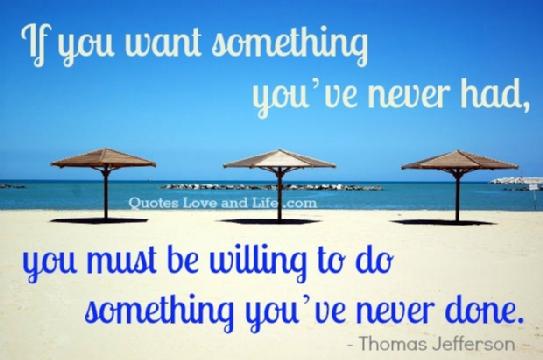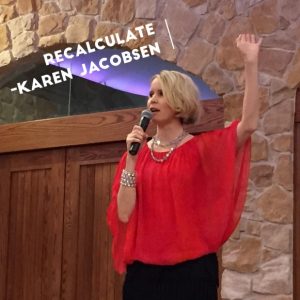One of the most important skills for any successful team is making decisions together. Understanding basic decision-making techniques and options is important for all members.
There are four major forms of decision-making:
- Leader decides
- Majority rules
- Minority rules (board, task force, etc.)
- Consensus
The first three forms are both the norm and self-explanatory, but the fourth–consensus–is more rare. It is a complex process that deserves greater consideration. Consensus is not a process for determining whose ideas are best, but for searching together for the best solution for the group.
Decision making by consensus is a very old process. Primitive tribes and cultures have used it for thousands of years. Early Jesuits in the 17th century called it Communal Discernment. The Society of Friends (Quakers) have used it for over three hundred years, calling it seeking unity or gathering the sense of the meeting. In the past decade or two it has come into use in a variety settings as diverse as businesses, communities, intentional communities, government and public partnerships, and social action groups.
Built into the consensual process is the belief that all persons have some part of the truth, and that we will reach a better decision by putting all of the pieces of the truth together before proceeding. There are times when it appears that two pieces of the truth are in contradiction to each other, but the essence of consensus suggests that with clear thinking and attention to the problem, the whole issue may be grasped, including both or many pieces of the truth.
To be sure, the climate and level of trust among members can influence the process and success of even the smallest decisions. This is why it is important to address the decision openly and earnestly, being clear about your perspective while also being open to the perspectives of others.
Sam Kaner in The Facilitator’s Guide to Participatory Decision Making discusses the importance of the Diverging and Converging process and how important it is for groups to stay in the uncomfortable diverging process for a while in order to think outside the box and come up with the best solutions.
Diverging includes:
- Generating different ideas
- Open discussion
- Collecting different points of view
- Analyzing the cause of the problem
Converging involves:
- Evaluating different ideas
- Summarizing key points
- Sorting ideas into categories
- Choosing a solution, coming to a decision
Either/or arguments do not advance this process. Instead the process is a search for the very best solution to whatever the problem is.
Some important values for participatory decision-making include:
Full Participation
All members are encouraged to speak up and say what’s on their minds. Over time, members become more comfortable in raising difficult issues and sharing their ideas. They become more adept at accepting and acknowledging diverse opinions and backgrounds inherent in their group.
Mutual Understanding
To reach sustainable agreement members need to understand and accept the legitimacy of one another’s needs and goals. This fundamental acceptance and understanding is what allows people to develop innovative ideas that incorporate everyone’s point of view.
Inclusive Solutions
The wisdom of the group emerges from the integration of everybody’s perspectives and needs. The solutions are more expansive as the truth is revealed not only by those who are quick to respond, the most articulate or powerful and influential, but also by those who are quieter, slower, less confident or disenfranchised.
Shared Responsibility
Members feel a strong sense of responsibility for creating and developing sustainable agreements. They know they must be willing and able to implement the proposals they endorse, and they make every effort to give and receive input before final decisions are made. This is in contrast to conventional methods where everyone is held accountable for the consequences of decisions made by a few key people.
Consensus Includes:
- Pooling opinions
- Effective listening
- Discussing ideas and differences
- Not always getting all that you want…but
- Agreement to the point that everyone “can live with it and support it”
Consensus Does Not Include:
- Voting
- Majority rule
- Minority rule
- One-person rule
- Bargaining
Killer Phrases that Stop Effective Decision Making
- “Yes, but…”
- “We tried that before.”
- “That’s irrelevant.”
- “We haven’t got the manpower.”
- “Because I said so.”
- “Don’t rock the boat!”
- “Great idea, but not for us.”
- “It’ll never fly.”
- “It will be more trouble than it’s worth.”
- “You can’t teach an old dog new tricks.”
- “If it ain’t broke, don’t fix it.”
- “We’ve always done it this way.”
Don’t fall prey to these old, familiar phrases!
Consensus is achieved when every member can say…
“I have had the opportunity to express my views fully and they have been thoughtfully considered by the group. Even though this solution may not be the one I believe is optimal, I think it will work and I support it.
Although decision-making by consensus can take a lot of work, the payoff is worth it. Make it your goal to approach your next decision in this way. What can you do to introduce this process to your group?




